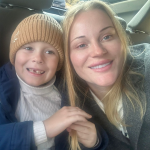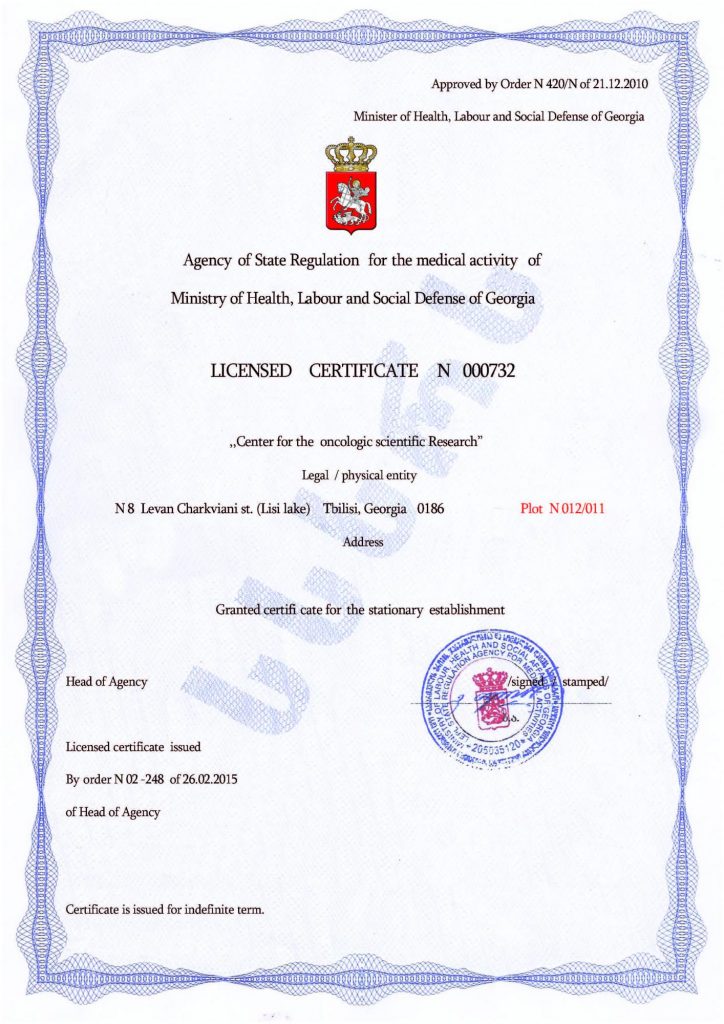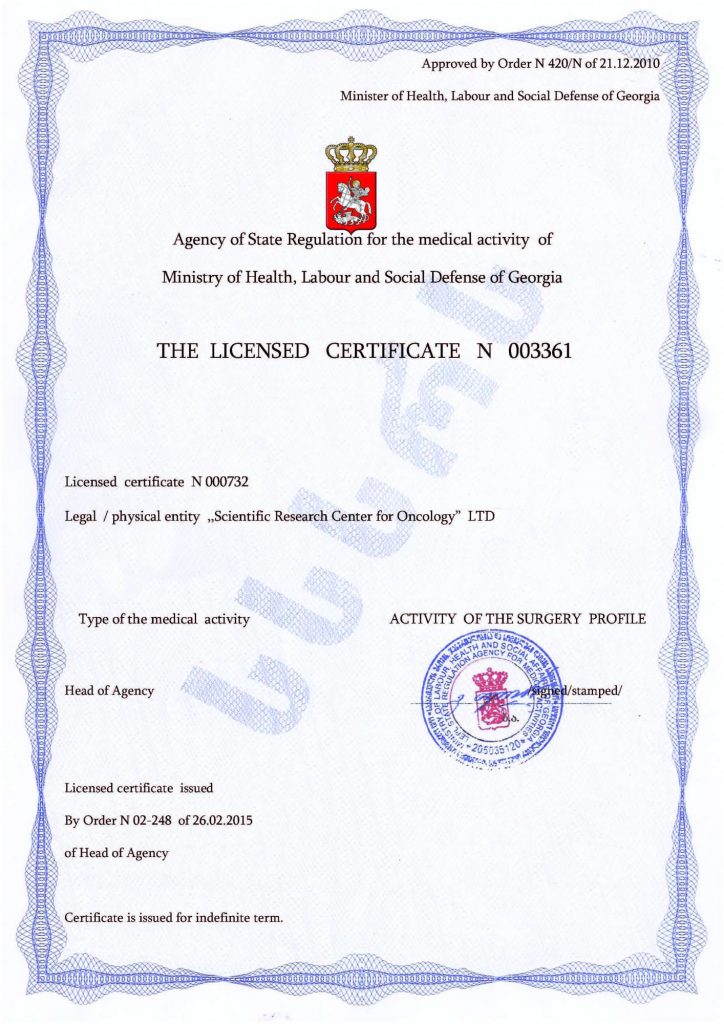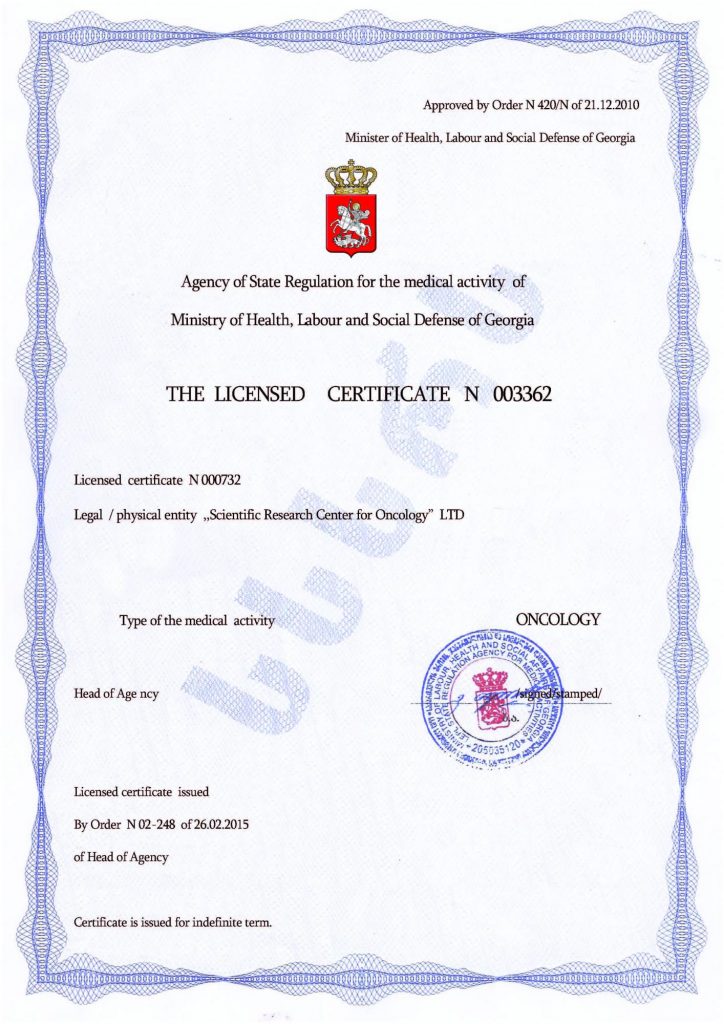How to Recognize Autism
Diagnosis of Autism Spectrum Disorder (ASD) is a complex task that addresses many questions. One of the main ones is understanding the specific challenges a person with ASD will face. Different types of autism impact the development and behavior of children in various ways, and understanding the specifics of each type is crucial for choosing the right treatment methods, communication strategies, and support systems. Autism is indeed a unique condition.
The term “autism” can only be used in a broad sense, as there are many nuances. In 2013, the American Psychiatric Association revised the Diagnostic and Statistical Manual of Mental Disorders (DSM-5), merging previously separate diagnoses under the common term “Autism Spectrum Disorders” (ASD). Each individual with autism may display unique behavioral traits, communication styles, and so on.
For example, individuals with autism can be nonverbal, socially withdrawn, hyper- or hypo-sensitive, rigid in daily routines, or very talkative and eager to interact. However, the majority of individuals with ASD face difficulties with social communication, repetitive behaviors, and narrow interests. How these problems manifest and how strongly they affect daily life varies among different types of autism.
Classic Autism
Individuals with classic autism exhibit significant delays in speech, social interaction, and cognitive abilities. Common signs include:
- Delay or absence of speech and intellectual disability
- Repetitive behaviors
- Repeating words or phrases (echolalia)
- Difficulty understanding social cues, minimal interest in interacting with others or the environment, and limited eye contact. There may also be a hyper-focus on specific interests and heightened sensitivity to stimuli.
High-Functioning Autism
People with high-functioning autism, who have developed language skills and average or above-average intelligence, still experience difficulties with social interaction and sensory processing. Previously, they were diagnosed with “Asperger’s Syndrome.” These individuals often excel academically or have artistic abilities but struggle with social interaction, relationship-building, and understanding nonverbal communication.
Key traits include:
- Difficulty reading social signals or understanding sarcasm
- Sensory sensitivity
- Routine-driven behavior
Atypical Autism
Atypical autism, also known as pervasive developmental disorder not otherwise specified (PDD-NOS), is characterized by mild or moderate symptoms. It is called “atypical” because it does not meet the criteria for classic autism or Asperger’s syndrome.
Another rare form of atypical autism is Childhood Disintegrative Disorder (CDD), which typically occurs in children between the ages of 3 and 10. In this condition, significant regression happens after at least two years of typical development. Children may lose language, social, and motor skills, and even experience issues with bladder or bowel control.
Co-occurring Conditions
Many individuals with autism also experience co-occurring conditions that can affect daily life. ADHD (Attention Deficit Hyperactivity Disorder) is often seen alongside ASD. Additionally, many children with autism experience high levels of anxiety, especially in unpredictable situations.
Early Diagnosis is Key
Early diagnosis is critical because a precise diagnosis and effective treatment can lead to significant improvements in communication skills and daily functioning. Treatment may include:
- Speech and language therapy
- Sensory integration therapy
- Structured learning methods, etc.
However, the best results, and the quickest improvements, can be achieved with stem cell therapy. This advanced, safe, and natural approach utilizes the unique properties of stem cells. They can transform into any other cell type and replace damaged cells with healthy ones after transplantation. It is essential to note that stem cells are taken from the patient themselves, which eliminates the risk of rejection.
How Stem Cell Therapy Works
Stem cell transplantation quickly leads to the normalization of brain and nervous system activity, stabilization of behavior, increased development speed, including cognitive abilities, and a general reduction in the severity of autism symptoms, which often disappear completely. These positive changes last for a long time, and in many cases, for life, enhancing the effectiveness of other correction methods.
The effectiveness and prospects of stem cell therapy are widely recognized, and it may become the primary approach to treating autism and its manifestations. Leading clinics worldwide, including the Mardaleishvili Medical Center, actively use this therapy. The center has highly qualified specialists with extensive successful experience in stem cell transplantation, conducting both practical and scientific work, and using state-of-the-art equipment.
The quality of treatment matches the highest global standards, and it is more financially accessible than in other countries with advanced healthcare systems. Additionally, the center offers comprehensive assistance in planning trips and resolving other issues, including accommodation during the rehabilitation period.
Stem Cell Therapy — A Universal Way to Combat Various Types of Autism!
Autism Treatment Center Videos
Autism treatment with own stem cells
Cord blood association congress
International Quality Crown
Autism Treatment Reviews
Autism treatment with own stem cells
The story of Alessandro (6 years old)
Autism Patient Testimonial - Stem Cell Treatment
Clients Testimonials

Review by Anastasia, mother of Yusup (8 years old) Read More
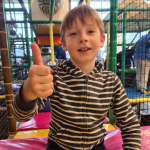
Feedback from Nathalie, mother of Andre (9 years old) Read More

Feedback from Yulia, mother of Emily (7 years old) Read More
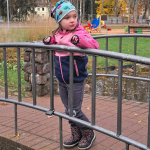
Feedback by Everita, Katrina’s mother (5 years old) Read More
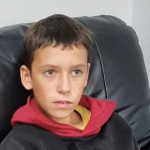
Feedback from Igor, David’s father (12 years old) Read More
